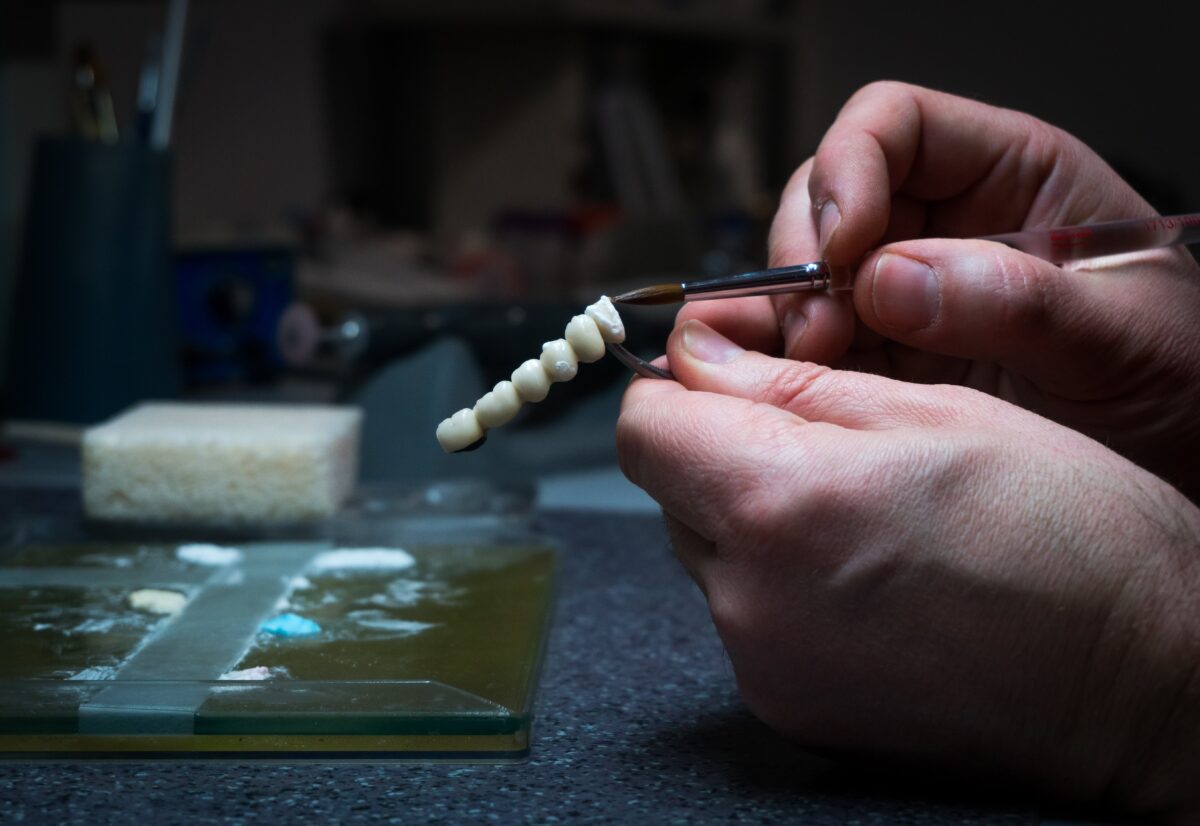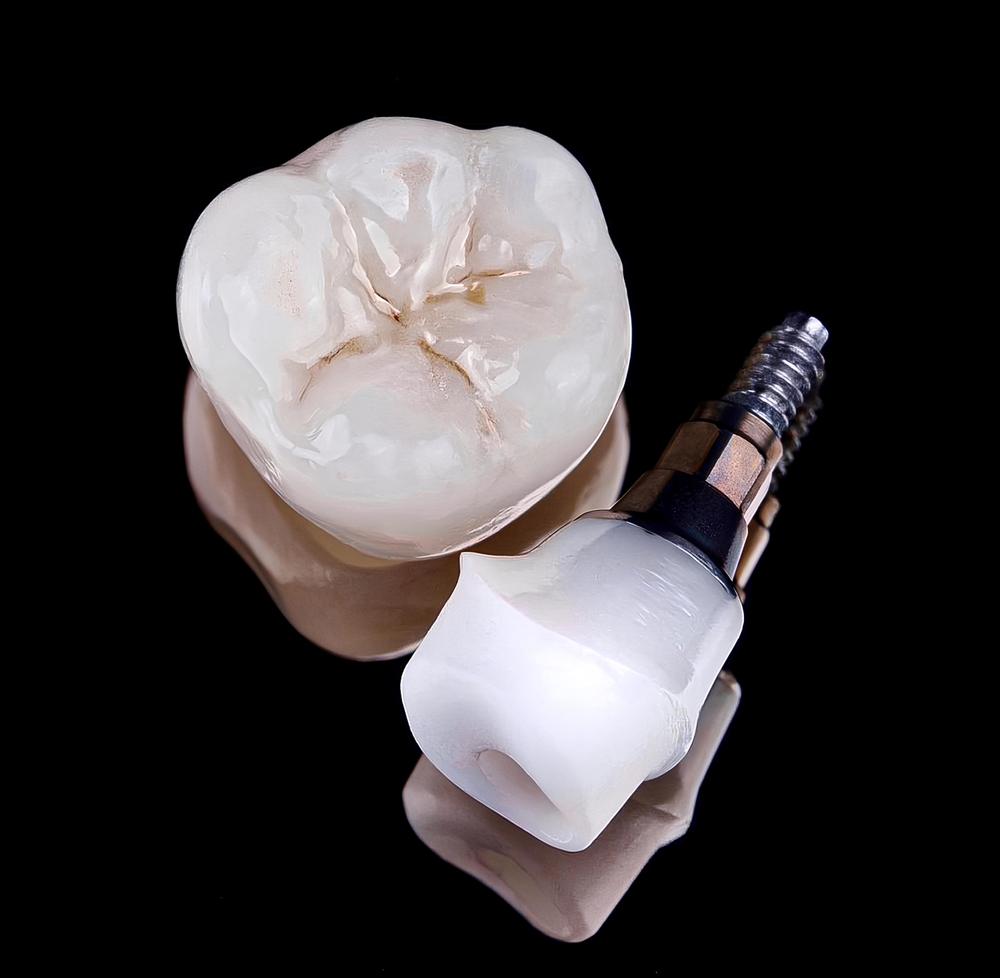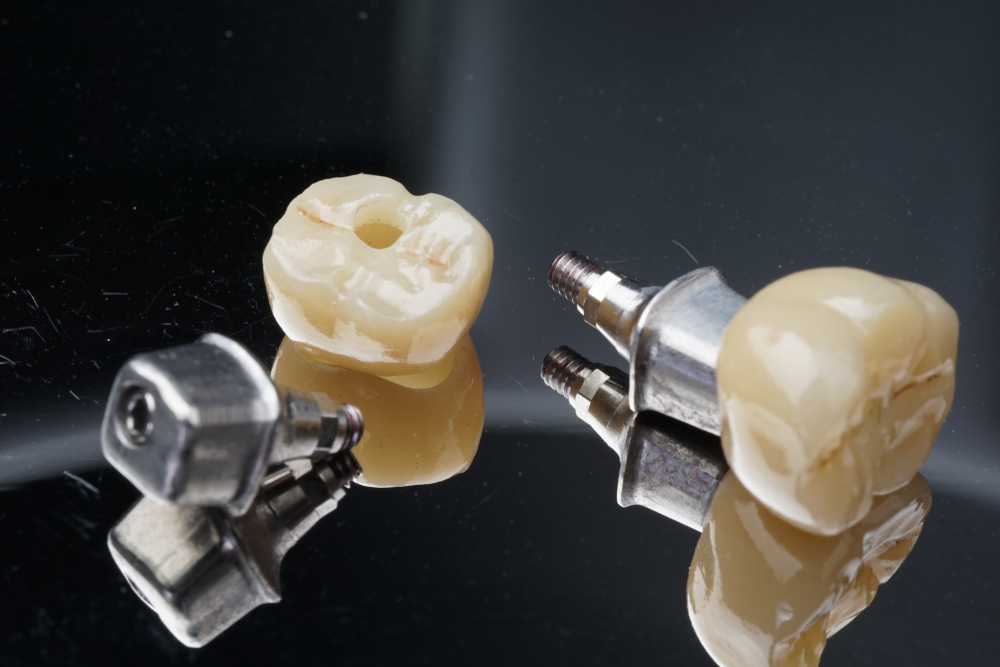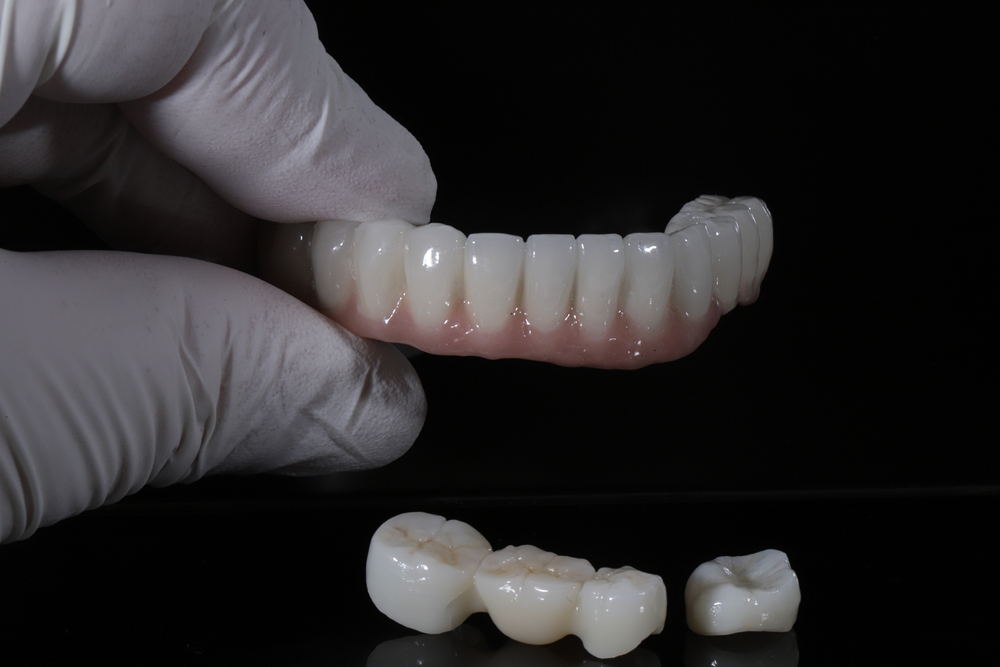Dental restorations have come a long way over the years. From traditional materials like gold and silver to the latest technological advancements, dentistry has never been more advanced. Staying up-to-date with the latest trends in dental restorations is crucial for dental professionals who want to provide the best care for their patients. In this article, we’ll explore some of the latest trends in dental restorations.
Digital Dentistry
Digital dentistry is a term used to describe the use of digital technologies in dental procedures. This can include anything from digital x-rays to computer-aided design and manufacturing (CAD/CAM) technology. Digital dentistry has many advantages over traditional methods, including increased accuracy, faster turnaround times, and less discomfort for patients. Examples of digital dentistry technologies include:
Intraoral Scanners

Intraoral scanners are digital devices that are used to capture detailed 3D images of a patient’s teeth and gums. They are small, handheld devices that use advanced optics to capture images of the patient’s mouth. Intraoral scanners are used to create digital impressions of a patient’s teeth and gums, which can then be used to design dental restorations like crowns, bridges, and veneers. Intraoral scanners are more comfortable for patients than traditional impression materials, and they provide more accurate results. In addition, digital impressions can be stored electronically, making them easily accessible for future reference.
Digital Radiography
Digital radiography is a type of X-ray technology that uses digital sensors to capture images of a patient’s teeth and jaw. Digital radiography produces high-quality images that can be enlarged, enhanced, and manipulated for better diagnosis and treatment planning. Digital radiography is faster than traditional X-ray technology, and it exposes patients to less radiation. In addition, digital radiographs can be stored electronically, making them easily accessible for future reference.
Computer-Assisted Implant Placement
Computer-assisted implant placement is a digital technology that uses 3D imaging and computer-aided design to plan and place dental implants with greater accuracy and precision. This technology allows dental professionals to create a virtual model of a patient’s mouth, which can then be used to plan the placement of dental implants. With computer-assisted implant placement, dental professionals can determine the optimal location, angle, and depth for the implant. This results in a more accurate and precise placement, reducing the risk of implant failure and improving patient satisfaction.
Dental Implants
Dental implants are a popular choice for patients who need to replace missing teeth. Advances in implant materials and placement techniques have made dental implants more successful than ever before. Implants can be made from a variety of materials, including titanium and zirconia. They can also be placed using techniques like guided implant placement, which uses digital technology to ensure precise placement of the implant. Dental implants offer many advantages over traditional restorations, including improved function, durability, and esthetics.
All-Ceramic Crowns
While metal crowns were popular in the past for their durability, ceramic crowns are quickly becoming more common. All-ceramic crowns are a popular choice for patients who want a more natural-looking restoration. Unlike traditional crowns, which are made from metal or porcelain fused to metal, all-ceramic crowns are made entirely from ceramic materials. This gives them a more lifelike appearance, as they reflect light in a similar way to natural teeth. Additionally, modern ceramic crowns are highly durable and resistant to chips and cracks. All-ceramic crowns also offer advantages over traditional crowns, including improved biocompatibility and less wear on opposing teeth.
CAD/CAM Technology

CAD/CAM technology is a process that allows dental professionals to design and fabricate dental restorations using computer-aided design and manufacturing. This technology has revolutionized the way dental restorations are made, allowing for faster turnaround times and increased accuracy. CAD/CAM technology can be used for a variety of restorations, including crowns, bridges, and veneers. While CAD/CAM technology is similar to 3-D printing, there is a difference between these two technologies.
3D Printing
3D printing is a relatively new technology in dentistry, but it has already shown great promise. In fact, according to Grand View Research, the global 3D printing market is expected to grow at a rate of 23.3% from 2023-2030. 3D printing allows dental professionals to fabricate restorations in-house, reducing the need for outsourcing to dental laboratories. This can result in faster turnaround times and lower costs for patients. 3D printing can be used for a variety of restorations, including:
- Clear aligners
- Crowns
- Dental models
- Dentures
- Surgical guides
In Conclusion
In conclusion, staying up-to-date with the latest trends in dental restorations is crucial for dental professionals who want to provide the best care for their patients. Digital dentistry, dental implants, all-ceramic crowns, CAD/CAM technology, and 3D printing are just a few of the latest trends in dental restorations. By keeping up with these trends, dental professionals can provide their patients with the best possible care.




